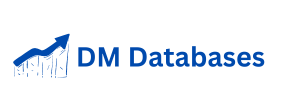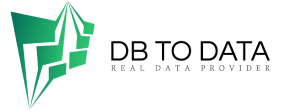In today’s rapidly evolving business landscape, marketing has undergone a profound transformation. The rise of digital technologies has given birth to a new realm of possibilities and challenges, reshaping the way companies connect with their target audiences. Traditional marketing methods, while still relevant, now share the stage with the dynamic and versatile world of digital marketing. So, how do these two approaches differ, and what implications does this divergence have for businesses? Targeting and Reach: Precision vs. Mass Appeal One of the defining differences between digital and traditional marketing lies in their targeting capabilities. Digital marketing leverages vast amounts of user data to deliver highly targeted content to specific demographic segments. This level of precision minimizes wasted resources and maximizes impact. Platforms like Google Ads and social media allow marketers to tailor their messages to individual interests, behaviors, and preferences.
On the other hand, traditional marketing often adopts a broader
Approach, relying on mass media such as television, radio, and print to reach a wider audience. While this can increase brand visibility, it lacks the personalization that characterizes digital marketing, potentially leading to messages that don’t resonate with everyone. Measurable Results and ROI: Data-Driven Insights The digital age has bestowed marketers with a valuable asset: data. Digital marketing Wedding Photo Editing campaigns generate a wealth of metrics, enabling businesses to measure the success of their efforts with precision. Click-through rates, conversion rates, website traffic, and engagement levels provide immediate insights into campaign performance. This data-driven approach allows marketers to make informed adjustments in real-time, optimizing their strategies for maximum impact. Traditional marketing methods, in contrast, often lack the same degree of measurability. While tools like surveys and focus groups offer some insight, they often fall short of the real-time, granular data that digital marketing provides.
As a resul, determining the return on investment
Traditional marketing campaigns can be more challenging. Interactivity and Engagement: Active Participation vs. Passive Consumption Digital marketing thrives on interactivity and engagement. Social media platforms, content marketing, and email campaigns encourage active participation from consumers. They can comment, share, like, and even create user-generated content, fostering a sense of community DM Databas ES around a brand. This dynamic interaction builds deeper relationships between businesses and their customers, ultimately fostering brand loyalty. In contrast, traditional marketing relies on a more passive consumption model. Consumers view advertisements, listen to radio spots, or see billboards without the same level of direct engagement. While traditional methods can still be effective, they often lack the same level of immediate response and interaction that digital marketing facilitates. Cost Efficiency and Flexibility: Adapting to Budgets Digital marketing offers cost efficiencies that can be particularly beneficial for small and medium-sized businesses.







